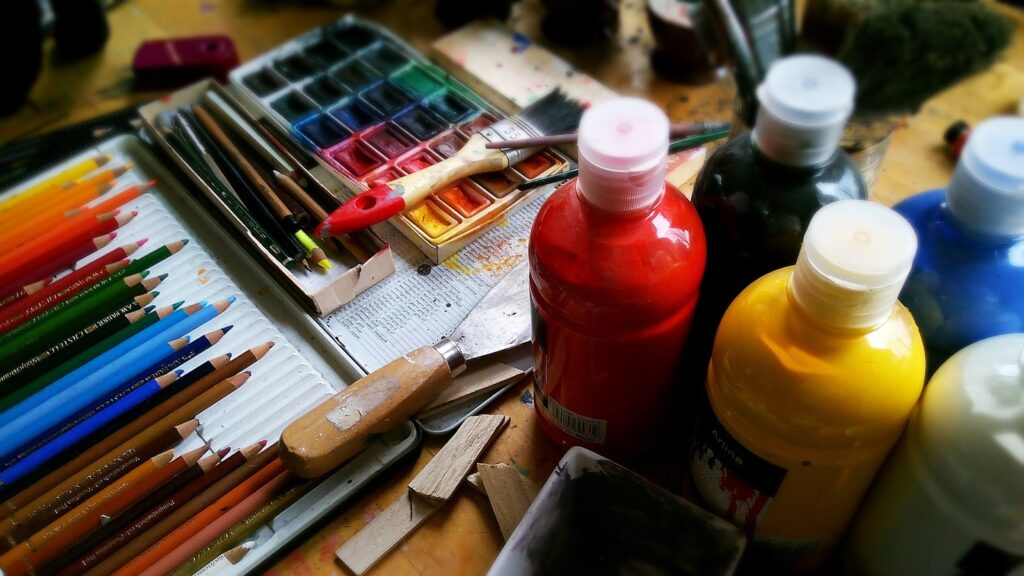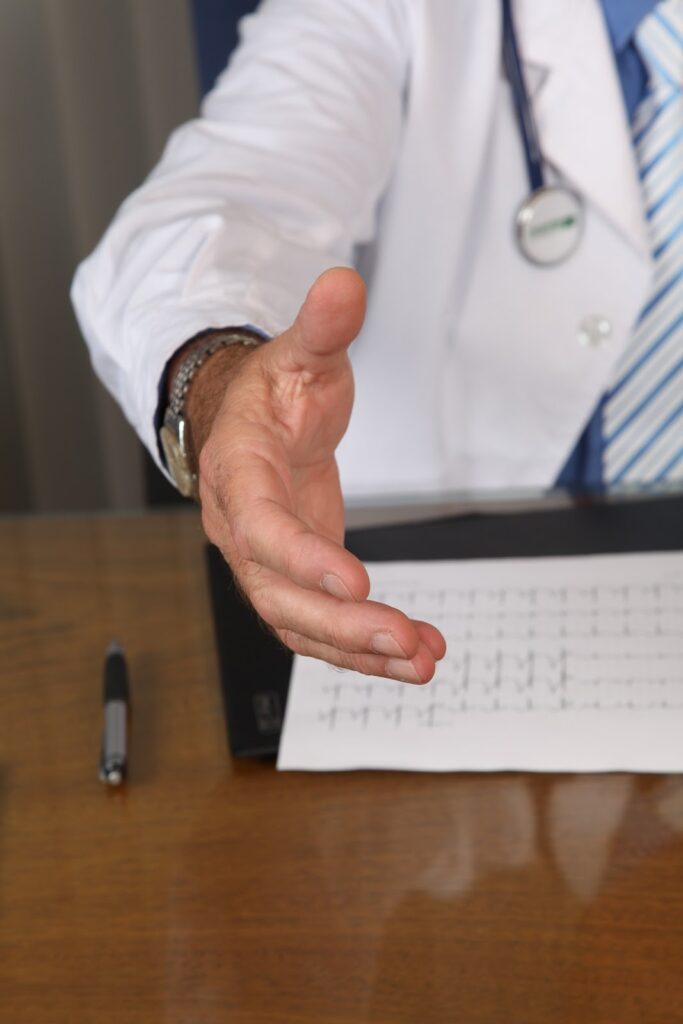What inpatient rehab is like
What do you do every day in an inpatient rehab facility? Many people want to know what scheduling and programming are like in an inpatient rehab before jumping into a program. While we can’t speak for other inpatient rehabilitation treatment centers, we can speak for our own 30-day substance abuse program, Courage to Change. Here’s what an average day looks like inside our Courage to Change unit at Salt Lake Behavioral Health.
Inpatient Rehab Schedule Example
7:00 Wake up
7:15 Yoga
8:00 Shower, dress, and get ready for the day
8:15 Breakfast
9:00 Group therapy
10:00 Expressive therapy (art, music, or pet therapy)
11:00 One-on-one meeting with MD
11:30 Lunch
12:30 Group therapy
1:30 Exercise
2:30 Alcoholics Anonymous
3:30 Free time / Visitation
5:30 Dinner
What is Group Therapy?
Group sessions within our Courage to Change inpatient substance abuse treatment program in Salt Lake City, UT, cover many different topics. We talk about anything from working through trauma, identifying triggers, dealing with anger, setting boundaries, safe and unsafe people, to building healthy relationships. In our group therapy sessions, each person will be given a workbook to help them follow along and record their thoughts on the subject. The workbooks contain exercises to strengthen skills and build upon what’s talked about in each group. The purpose of the groups, and the whole program, is to give clients the skills they need to transition into recovery and the tools they need to stay sober.

Why do you have to do yoga in rehab?
Yoga has a calming effect on the mind and the body. Yoga teaches mindfulness, and has been proven to reduce anxiety. When the mind is focused on movement, stretching, and balance, it can push anxious and unhealthy thoughts to the background, providing some relief from bad stress.

What is expressive therapy?
Expressive therapy is therapy that involves music, art, dance, or other forms of artistic expression. Expressing negative or overwhelming emotions on paper or through movement allows the emotions to leave the mind and body instead of being bottled inside. These activities can serve as an emotional cleanse and unburden overloaded minds. One art project our Courage to Change patients participate in, for example, is designing masks. The outside of the mask shows how the person feels others see them, and the inside of the mask represents how the person feels about themselves. Visualizing these feelings can help identify opportunities to grow.
Why do you have to exercise in rehab?
Exercise has been proven to have positive effects on mental health and improve one’s mood. According to an article from PubMed.gov, “Aerobic exercises, including jogging, swimming, cycling, walking, gardening, and dancing, have been proven to reduce anxiety and depression.”

One-on-one meetings with an MD
In your one-on-one meetings with an MD, you’ll discuss medication management and the changes in behavior that your nurses are noticing. With your doctor, you’ll plan for your discharge, review diagnoses, check for any medication side effects, and discuss your other health needs.
Seeking Safety
The Courage to Change units also use Seeking Safety, an evidence-based treatment modality for co-occurring PTSD and substance use. The Seeking Safety curriculum outlines practices of grounding, education, and coping techniques. This substance use and PTSD treatment is available on a national and local scale.
Patient Testimonial:
“I recently underwent treatment for substance abuse and PTSD at Salt Lake Behavioral Health. The treatment team was phenomenal. It was imperative that I addressed my trauma at the same time as my substance abuse as they walk hand in hand and one fuels the other. The team did a great job of pushing and encouraging me to dig deeper into my trauma, teaching me how to cope and live with it in a healthy way. All while making me feel safe and cared for. Thank you to everyone on my treatment team.”

